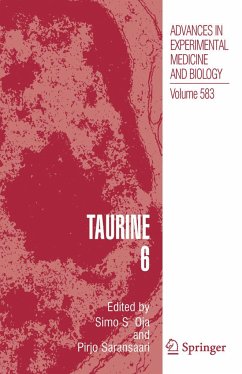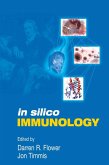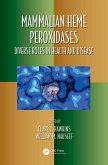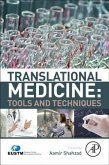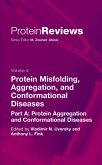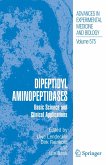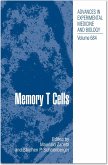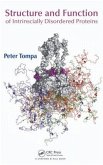- Preface
- Immunology, Immunohistochemistry, Infectious Disease
- Chemistry, Biochemistry and Metabolism of Taurine
- Nutritional Aspects of Taurine
- Transport Mechanisms of Taurine
- Osmotic Actions of Taurine
- Taurine in the Liver and Pancreas
- Taurine and the Cardiovascular System
- Taurine and the Renal System
- Taurine and the Musculoskeletal System
- Taurine in the Central Nervous System
- Antioxidant Actions of Taurine
- Anti-ischemic Actions of Taurine
- Pharmacology of Taurine Derivatives
- Index.
Taurine (2-aminoethanesulfonic acid) is an enigmatic compound abounding in animal tissues. It is present at relatively high concentrations in all electrically excitable tissues such as the brain, sensory organs, the heart, and in certain endocrine glands. Some of its physiological functions are already established, for example as an essential nutrient during development and as a neuromodulator or osmolyte, but the cellular mechanisms are still mostly a matter of conjecture. Moreover, there are a number of other putative functions of taurine less well known at present. The 15th International Taurine Meeting is a multidisciplinary symposium and the participants present different fields of biological science. Based on the proceedings of this meeting, Taurine 6: Taurine Today presents the most recent research on Taurine in papers written by top scientists in the field.
Hinweis: Dieser Artikel kann nur an eine deutsche Lieferadresse ausgeliefert werden.
- Immunology, Immunohistochemistry, Infectious Disease
- Chemistry, Biochemistry and Metabolism of Taurine
- Nutritional Aspects of Taurine
- Transport Mechanisms of Taurine
- Osmotic Actions of Taurine
- Taurine in the Liver and Pancreas
- Taurine and the Cardiovascular System
- Taurine and the Renal System
- Taurine and the Musculoskeletal System
- Taurine in the Central Nervous System
- Antioxidant Actions of Taurine
- Anti-ischemic Actions of Taurine
- Pharmacology of Taurine Derivatives
- Index.
Taurine (2-aminoethanesulfonic acid) is an enigmatic compound abounding in animal tissues. It is present at relatively high concentrations in all electrically excitable tissues such as the brain, sensory organs, the heart, and in certain endocrine glands. Some of its physiological functions are already established, for example as an essential nutrient during development and as a neuromodulator or osmolyte, but the cellular mechanisms are still mostly a matter of conjecture. Moreover, there are a number of other putative functions of taurine less well known at present. The 15th International Taurine Meeting is a multidisciplinary symposium and the participants present different fields of biological science. Based on the proceedings of this meeting, Taurine 6: Taurine Today presents the most recent research on Taurine in papers written by top scientists in the field.
Hinweis: Dieser Artikel kann nur an eine deutsche Lieferadresse ausgeliefert werden.

